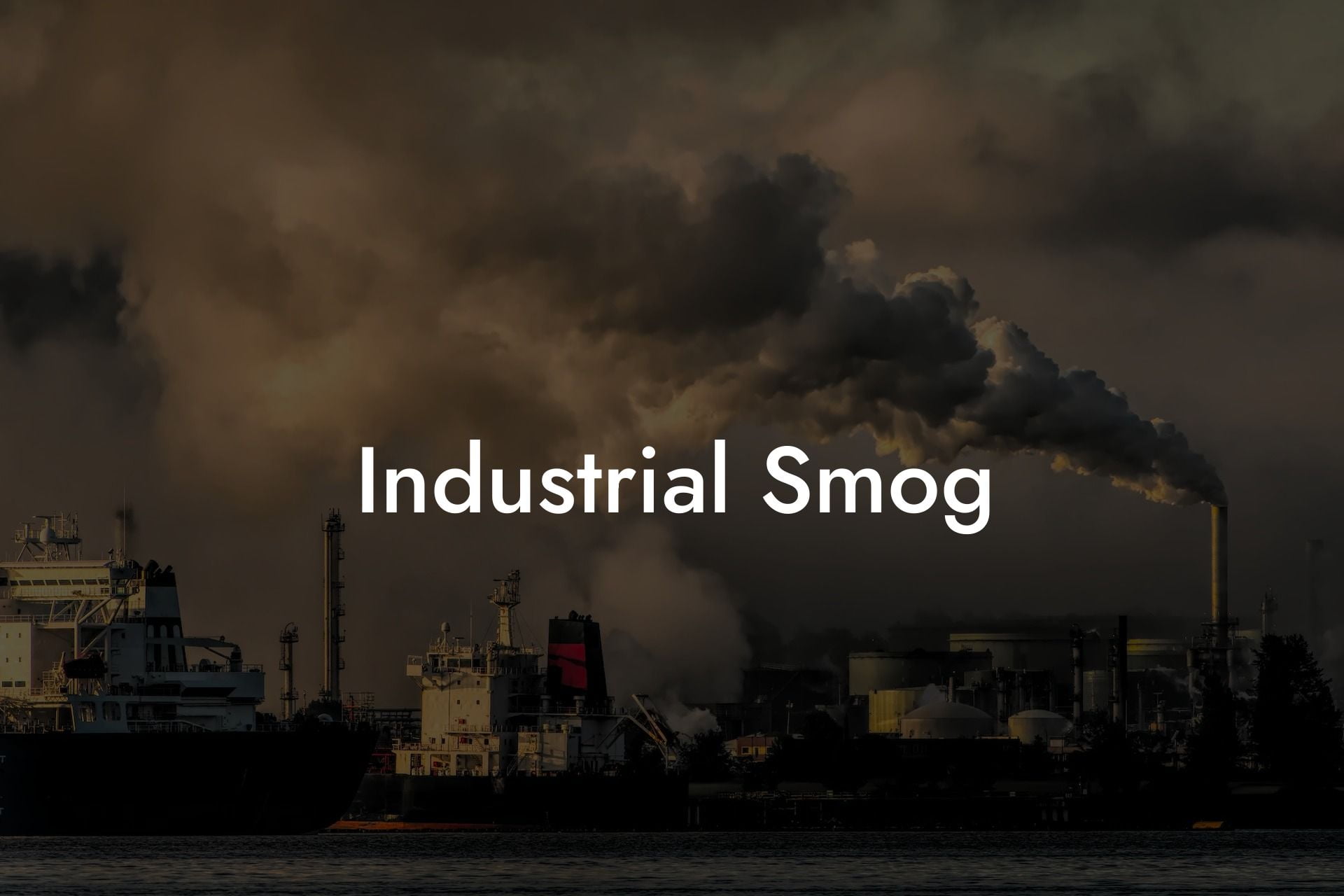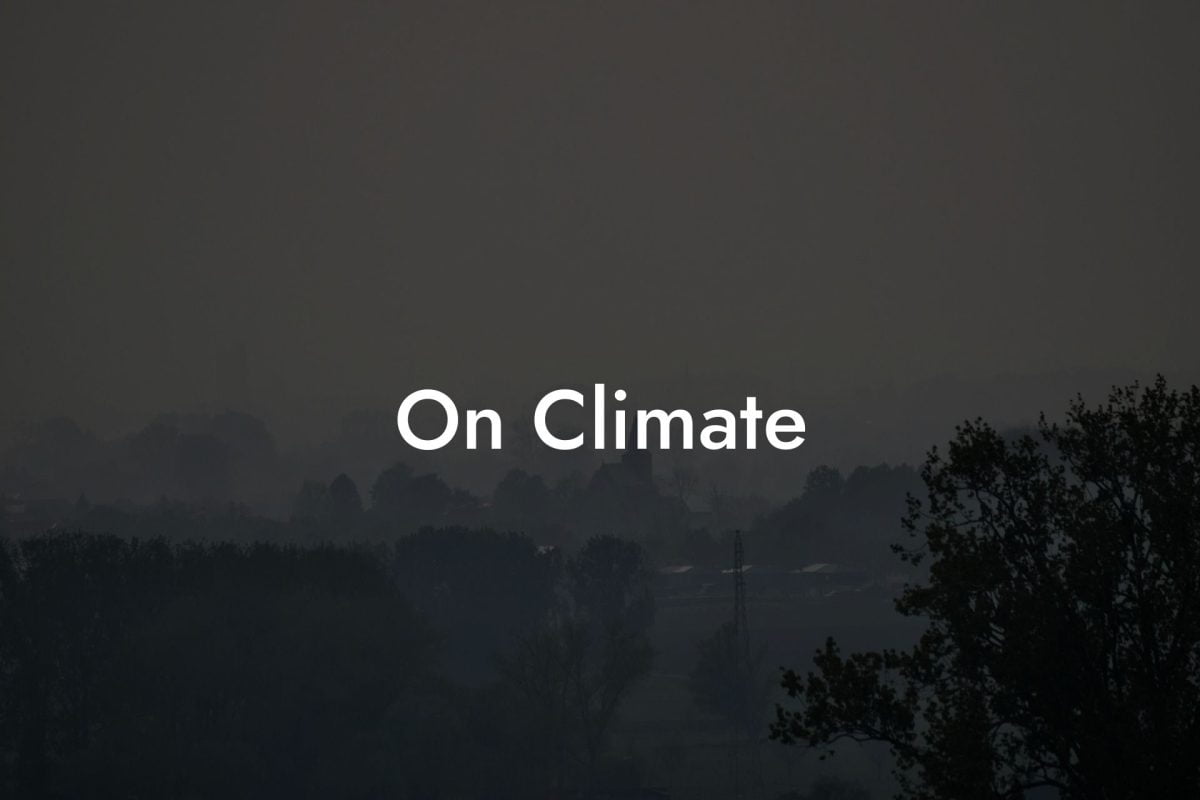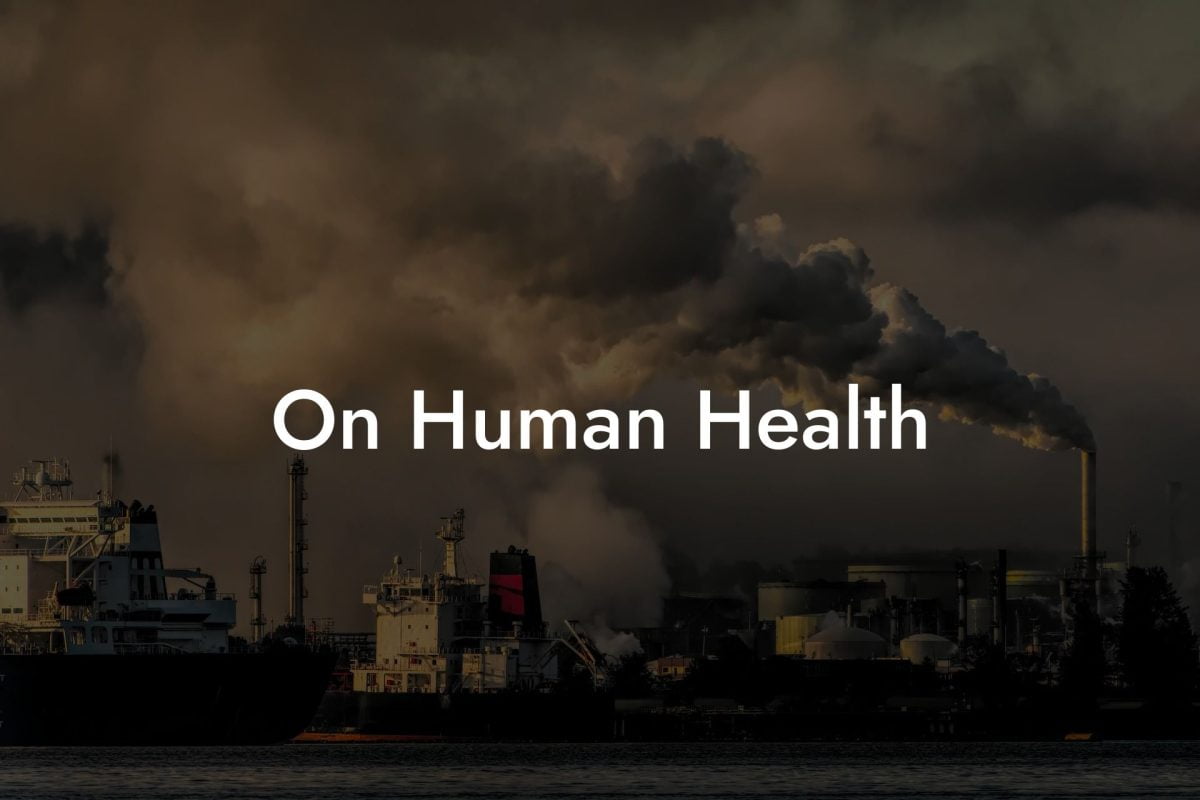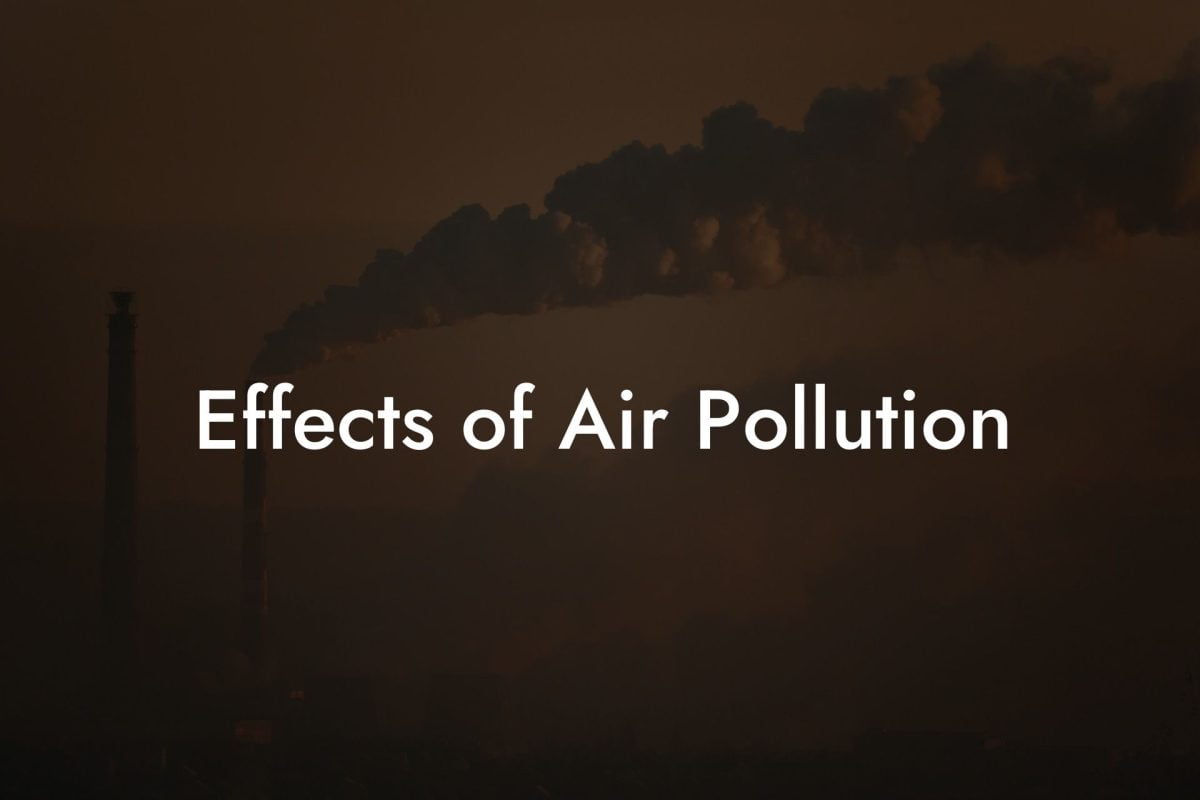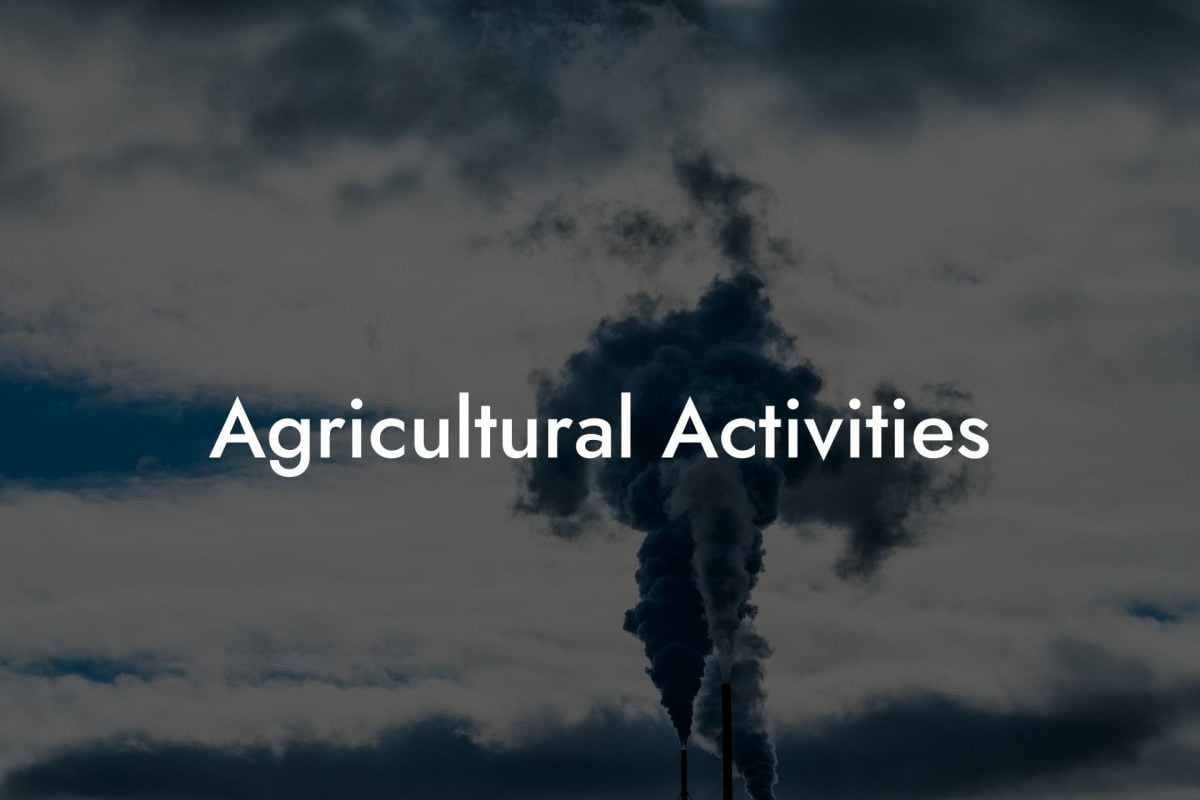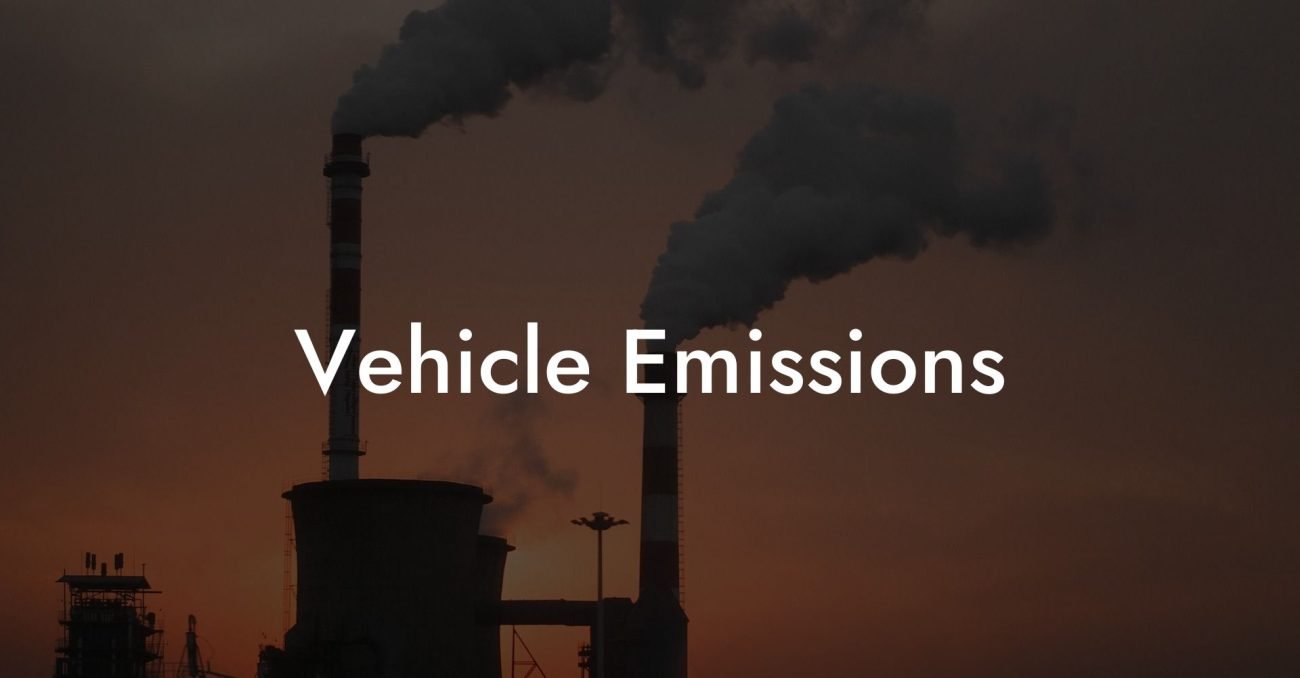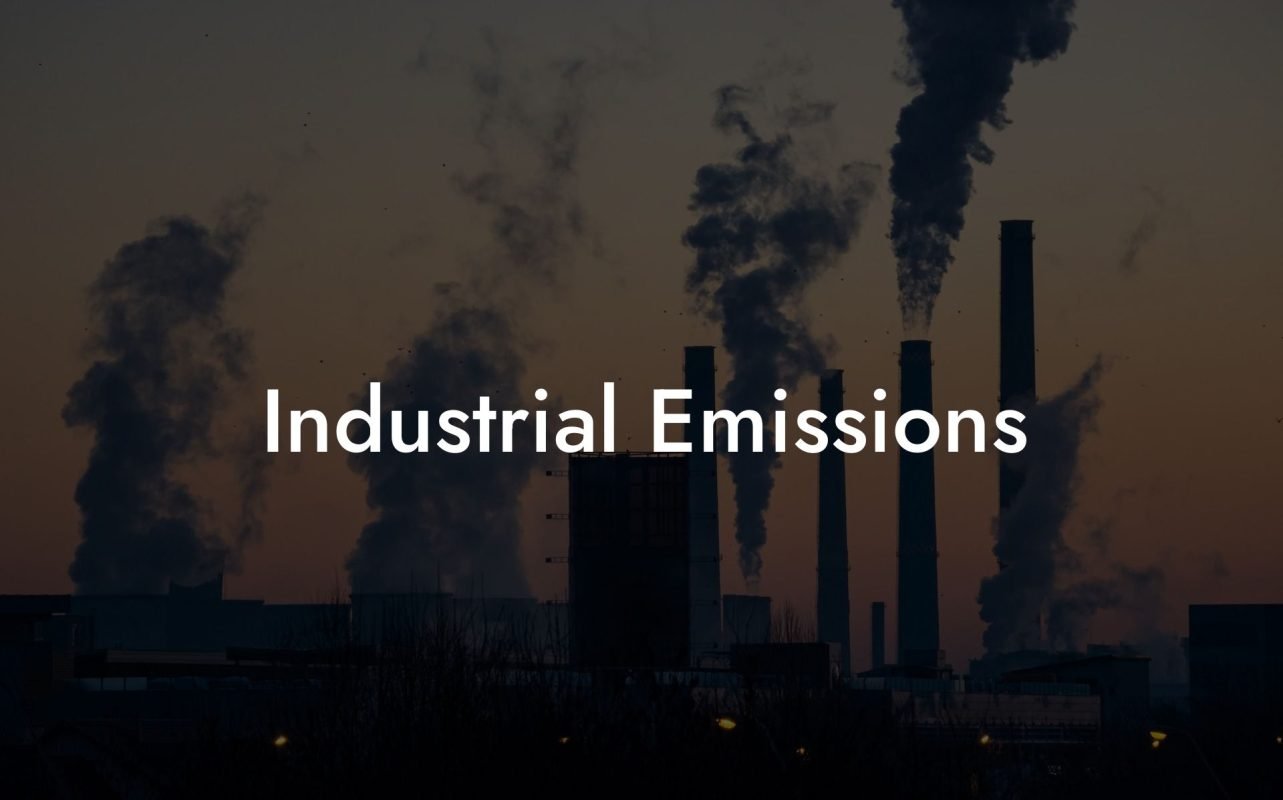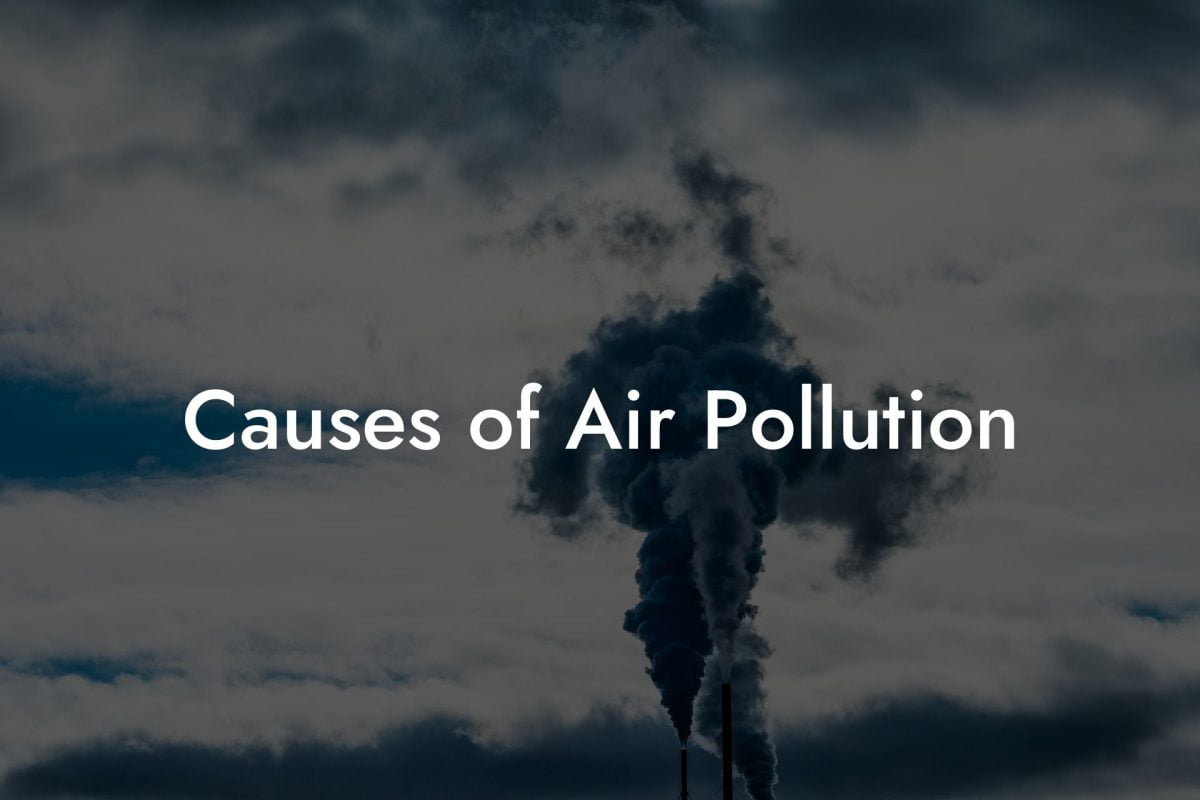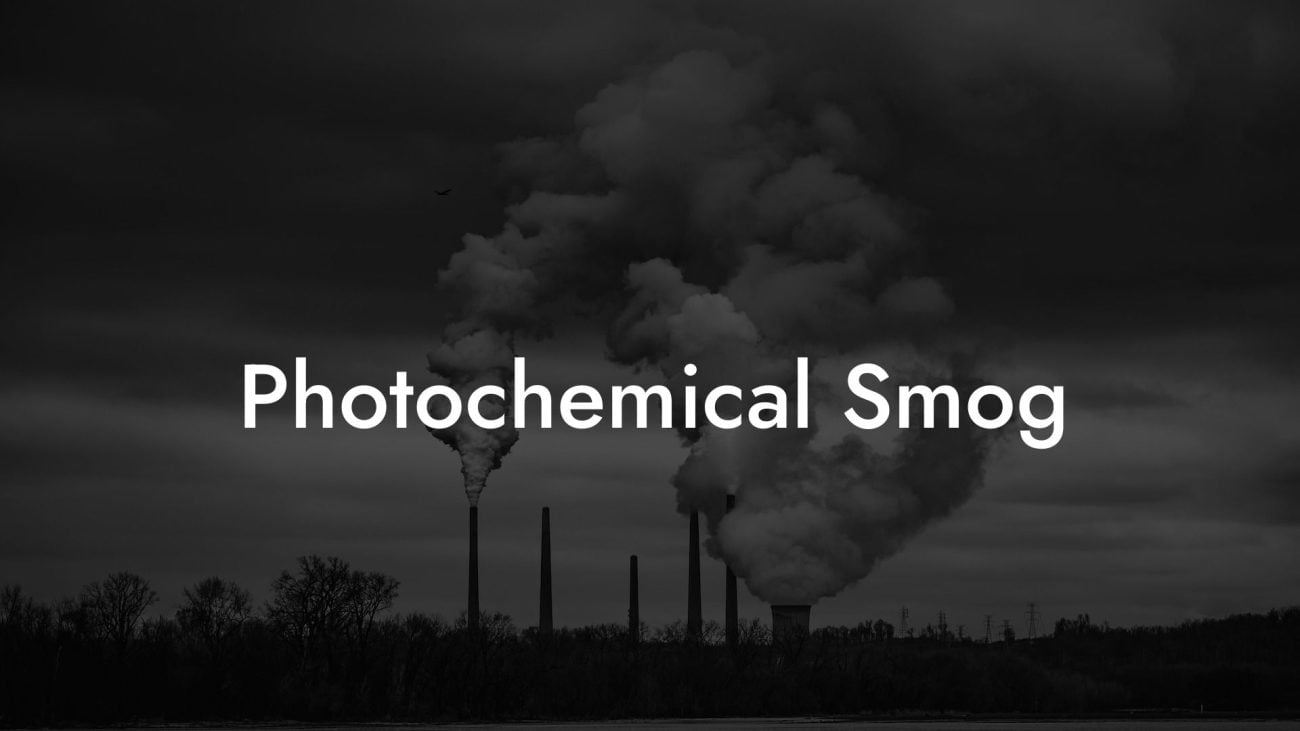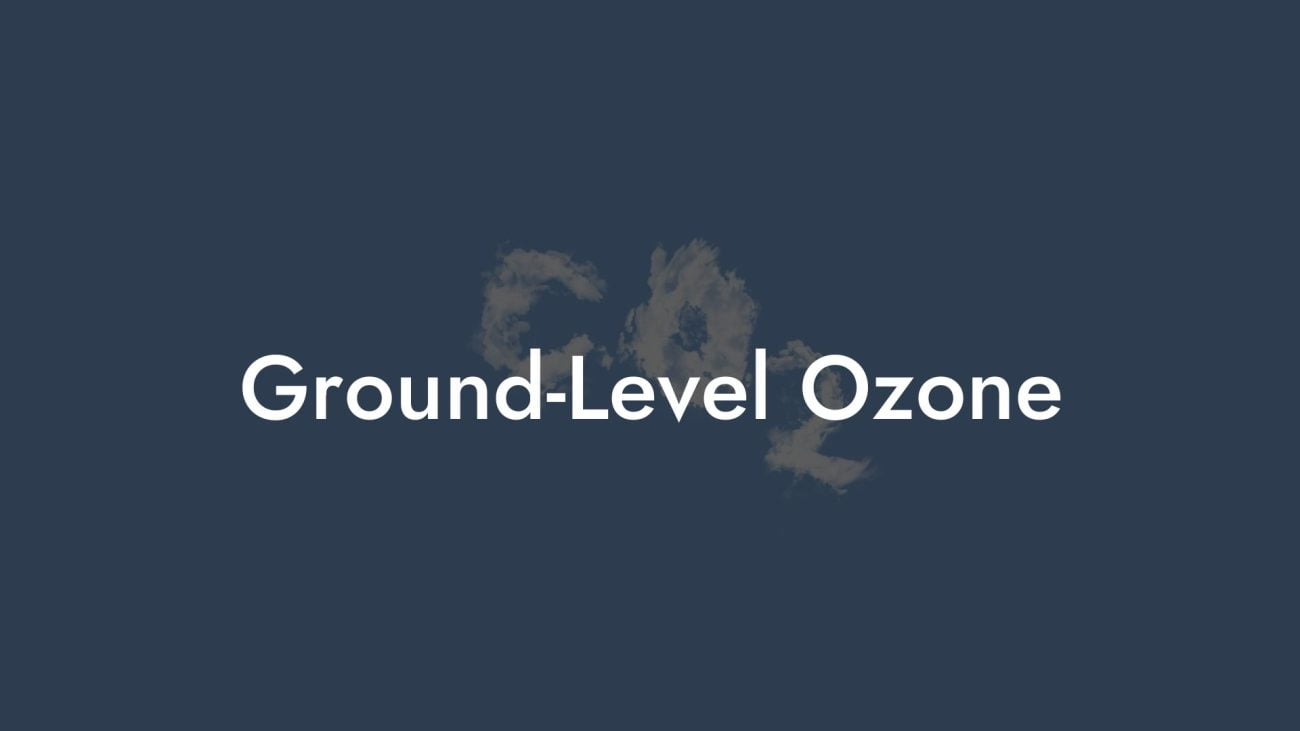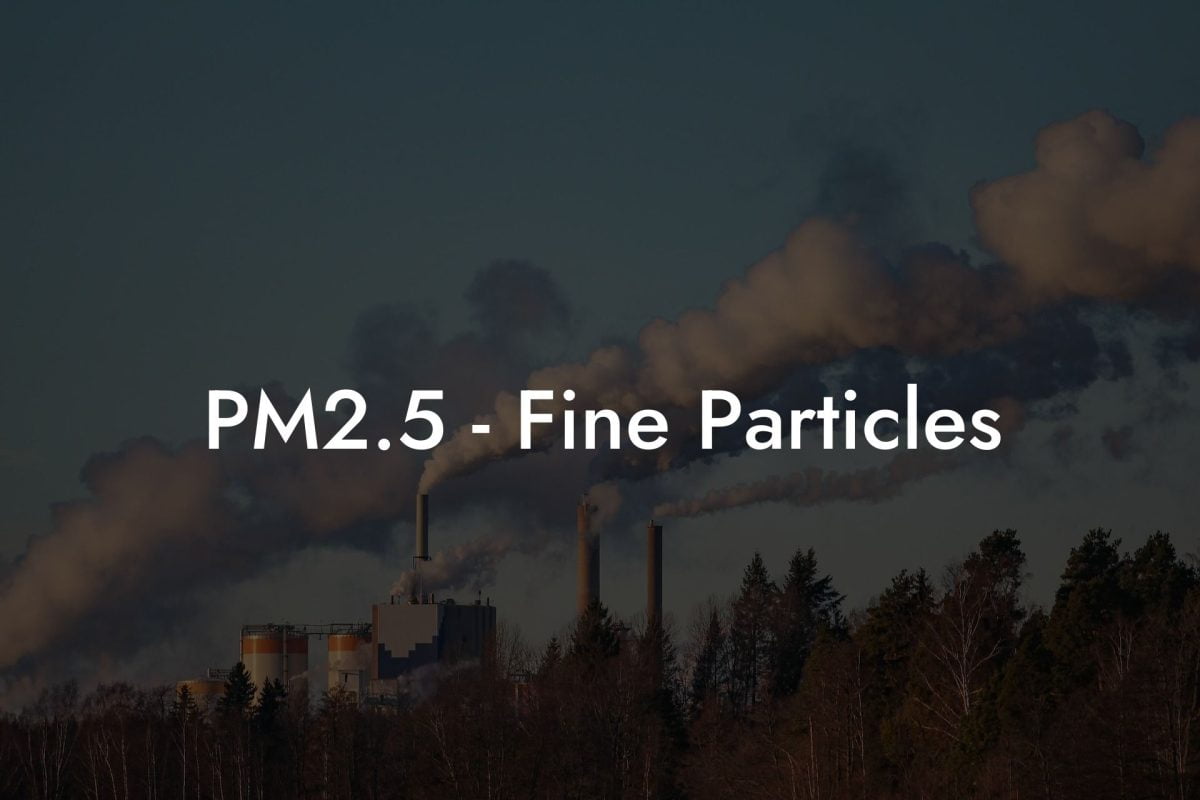Introduction to Industrial Smog
Industrial smog, often associated with the industrial revolution, is a type of air pollution characterized by a mixture of smoke and sulfur dioxide. It is primarily produced from burning coal and significantly impacts air quality, especially in urban and industrial areas.
The Composition of Industrial Smog
Industrial smog is composed mainly of sulfur dioxide (SO2), particulate matter (PM), and other byproducts from the burning of fossil fuels, particularly coal.
Historical Context of Industrial Smog
The Great Smog of London
One of the most infamous incidents of industrial smog occurred in London in 1952, causing severe public health crises and leading to major air quality reforms.
Industrialization and Air Pollution
The rise of industrialization in the 19th and 20th centuries led to increased emissions of smoke and sulfur compounds, especially in heavily industrialized regions.
Health Impacts of Industrial Smog
Respiratory Issues
Exposure to industrial smog can cause significant respiratory problems, including bronchitis, asthma, and lung infections.
Long-Term Health Effects
Prolonged exposure increases the risk of chronic respiratory diseases and can exacerbate cardiovascular problems.
Vulnerable Populations
Children, the elderly, and individuals with pre-existing health conditions are particularly susceptible to the harmful effects of industrial smog.
Environmental Effects
Acid Rain
SO2 and nitrogen oxides (NOx) in industrial smog contribute to the formation of acid rain, which damages ecosystems, soils, and water bodies.
Visibility Reduction
High levels of particulate matter in industrial smog can significantly reduce visibility, impacting both urban and natural landscapes.
Sources of Industrial Smog
Coal-Fired Power Plants
These are among the largest sources of industrial smog, emitting high levels of sulfur dioxide and particulate matter.
Manufacturing Industries
Various manufacturing processes, especially those involving metal smelting, release significant amounts of industrial pollutants.
Vehicle Emissions
In urban areas, vehicle emissions also contribute to the composition of industrial smog.
Monitoring and Regulation
Air Quality Monitoring
Monitoring stations measure concentrations of key pollutants, providing data essential for managing industrial smog.
Legislative Measures
Laws and regulations, such as the UK Clean Air Act, have been implemented to control emissions from industrial sources.
Modern Challenges and Solutions
Energy Transition
Shifting to cleaner energy sources, like natural gas, renewables, and nuclear power, is crucial in reducing emissions from coal combustion.
Industrial Emission Controls
Installation of sulfur removal systems and particulate filters in industrial plants and power stations helps reduce smog-forming emissions.
Public Awareness and Policy Advocacy
Raising public awareness about the impacts of industrial smog and advocating for stricter environmental policies are key to mitigating this issue.
Industrial Smog in the UK Context
Ongoing Efforts and Challenges
The UK has made significant progress in reducing industrial smog through various measures but continues to face challenges, especially in densely populated and industrialized areas.
UK Air Pollution: Your Comprehensive Source for Air Quality Data
In-Depth Industrial Smog Data
UK Air Pollution provides extensive data on industrial smog across various UK locations and postcodes, serving as an invaluable resource for understanding and combating this form of pollution.
Why Choose UK Air Pollution?
Our platform offers up-to-date, comprehensive, and accessible information on industrial smog, making it a vital tool for researchers, policymakers, environmentalists, and the general public.
Enhancing Environmental Initiatives and Research
Utilize the rich insights provided by UK Air Pollution to
enhance your environmental projects and research. Our database is an essential tool for anyone looking to understand and address industrial smog and its effects in the UK.
Frequently Asked Questions
What is Industrial Smog?
Industrial smog, also known as "gray smog," is a type of air pollution primarily composed of sulfur dioxide, dust, and smoke particles resulting from industrial emissions.
How is Industrial Smog Formed?
Industrial smog is formed when emissions from industries, particularly those burning fossil fuels like coal and oil, combine with atmospheric moisture and other pollutants.
What are the Main Components of Industrial Smog?
The main components include sulfur dioxide (SO2), particulate matter, carbon monoxide (CO), nitrogen oxides (NOx), and various other industrial gases and particles.
Which Industries are Major Contributors to Industrial Smog?
Major contributors include power plants, manufacturing factories, chemical plants, and metal processing facilities, especially those using fossil fuels for energy.
How Does Industrial Smog Affect Human Health?
Industrial smog can lead to respiratory problems, exacerbate asthma and bronchitis, and cause lung and heart diseases. Prolonged exposure increases the risk of chronic health issues.
What are the Environmental Impacts of Industrial Smog?
Environmental impacts include acid rain, reduced visibility, harm to wildlife, damage to vegetation, and degradation of water quality.
How Does Weather Influence Industrial Smog?
Weather conditions like temperature inversions and lack of wind can trap smog close to the ground, exacerbating its effects. Cold, damp weather can also increase the concentration of pollutants.
What Measures Can Industries Take to Reduce Smog?
Industries can reduce smog by implementing cleaner technologies, using cleaner fuels, installing pollution control devices, and adhering to environmental regulations.
Can Industrial Smog be Visible?
Yes, industrial smog often creates a visible haze or layer of pollution, especially over urban areas with high industrial activity.
How Do Urban Areas Contribute to Industrial Smog?
Urban areas contribute to industrial smog through high concentrations of vehicle emissions, industrial activities, and energy production, often aggravated by dense population and traffic.
What Role Do Governments Play in Controlling Industrial Smog?
Governments play a crucial role by setting and enforcing air quality standards, regulating industrial emissions, and promoting clean energy alternatives.
How Can Individuals Protect Themselves from Industrial Smog?
Individuals can protect themselves by staying indoors during high pollution days, using air purifiers, wearing masks when outdoors, and avoiding strenuous outdoor activities in polluted areas.
What is the Difference Between Industrial Smog and Photochemical Smog?
Industrial smog is primarily composed of sulfur dioxide and smoke from industrial emissions, while photochemical smog is formed by chemical reactions between sunlight and pollutants like nitrogen oxides and VOCs.
How Does Industrial Smog Affect Children and the Elderly?
Children and the elderly are more vulnerable to the effects of industrial smog due to their developing or weakened respiratory systems, increasing their risk of health problems.
What are Sulfur Dioxide and Its Effects in Industrial Smog?
Sulfur dioxide (SO2) is a gas primarily produced by burning fossil fuels at industrial facilities. It can cause respiratory problems and aggravate existing heart and lung diseases.
Can Industrial Smog Lead to Acid Rain?
Yes, components of industrial smog, especially sulfur dioxide and nitrogen oxides, can lead to the formation of acid rain, which harms ecosystems, soil, and water bodies.
What Technologies Exist to Monitor Industrial Smog?
Technologies for monitoring include satellite imagery, air quality sensors, and emission tracking systems that measure and analyze the concentration of pollutants in the air.
How Does Industrial Smog Impact Visibility and Climate?
Industrial smog reduces visibility, leading to haze and smoggy conditions. It also impacts the climate by affecting the radiation balance and contributing to global warming.
What Long-Term Effects Does Industrial Smog Have on Public Health?
Long-term effects include an increased risk of chronic respiratory diseases, heart conditions, lung cancer, and overall reduction
in life expectancy due to prolonged exposure to harmful pollutants.
How Does Industrial Smog Differ in Developed and Developing Countries?
In developed countries, strict regulations often lead to lower levels of industrial smog, while in many developing countries, rapid industrialization and less stringent environmental controls contribute to higher smog levels.
Can Planting Trees and Creating Green Spaces Help Mitigate Industrial Smog?
Yes, planting trees and creating green spaces can help mitigate industrial smog by absorbing pollutants, providing oxygen, and improving overall air quality.
What is the Role of Renewable Energy in Reducing Industrial Smog?
Switching to renewable energy sources like wind, solar, and hydroelectric power can significantly reduce industrial smog by lowering reliance on fossil fuels for energy production.
How Can Public Awareness and Education Help Tackle Industrial Smog?
Public awareness and education can drive community action, influence policy changes, and promote environmentally friendly practices that help reduce industrial smog.
What are the Challenges in Completely Eliminating Industrial Smog?
Challenges include balancing industrial growth with environmental protection, technological limitations in pollution control, economic factors, and ensuring global cooperation in reducing emissions.
How Do Industrial Smog Levels Vary Seasonally?
Industrial smog levels can vary seasonally, often worsening in colder months due to increased energy consumption for heating and specific atmospheric conditions that trap pollutants.


